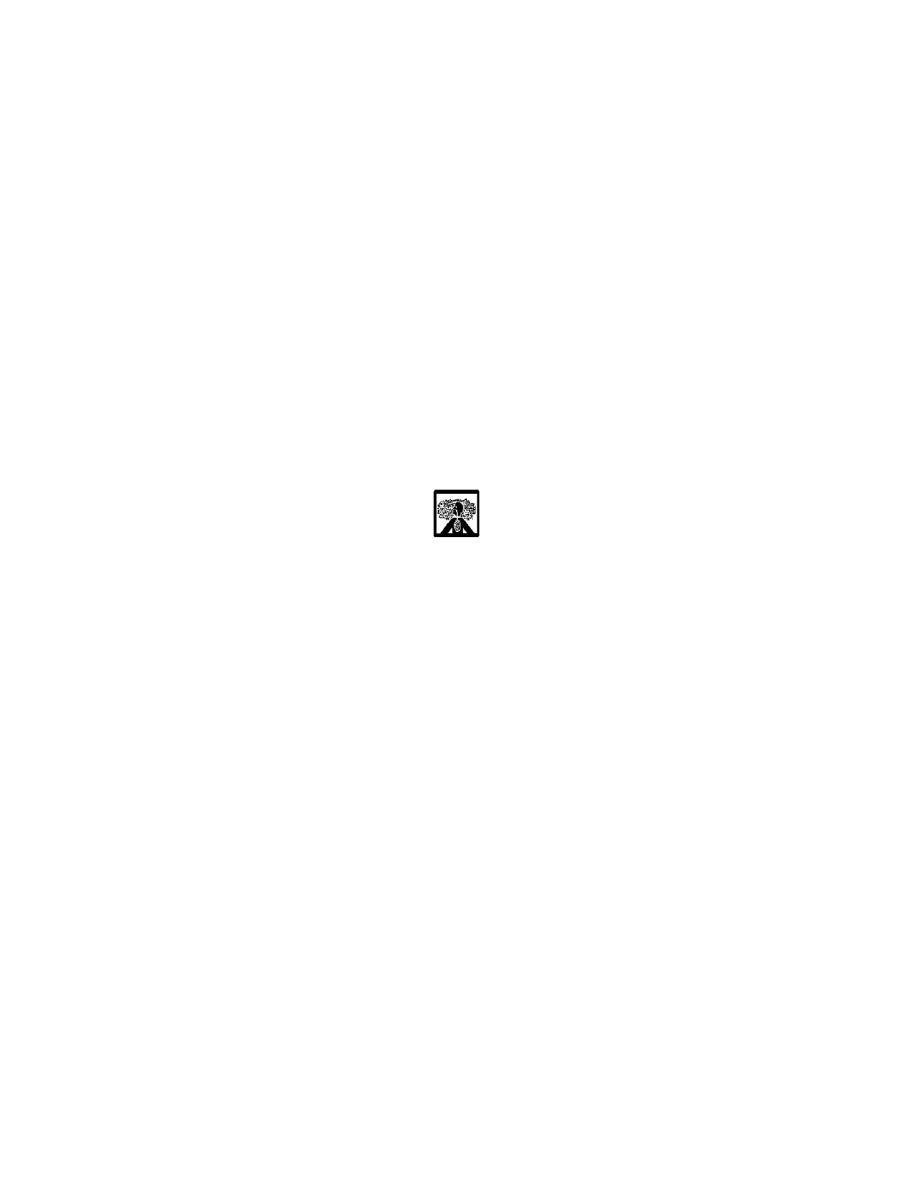
| Tweet |

Custom Search
|
|

|
||
 b. Vacuum Blasting. Vacuum blasting is a surface cleaning method, which minimizes the dust hazard
and reclaims the blast abrasive. Vacuum blasting allows practically no dust to escape to contaminate the
atmosphere. On highly irregular surfaces; the vacuum method of blasting is less efficient than
conventional blasting methods because of the poor vacuum on such surfaces. When the blasting cone is
held firmly against the surface to prevent abrasive loss and the surface is heavily contaminated with rust,
algae, or other foreign matter, the machine may become clogged after operating for only a short time.
When clogging occurs, the vacuum blaster is used as a semi-open blasting device and the cone
containing the nozzle is held at a slight distance away from the surface. A considerable amount of dust is
created (workers must wear respirators), but not as much as is created by conventional blasting. Vacuum
blasting is efficient and economical for cleaning repetitive, small-scale surfaces in a shop. The process
results in considerable savings in abrasive costs and reduces the dust and the health hazard.
suitable for certain types of work as described below.
a. Wet Blasting Disadvantages. When blasting is used on steel structures having many ledges, formed
by upturned angles or on horizontal girders, a considerable amount of cleanup work is required. Wet sand
and other blast residues trapped on these ledges are more difficult to remove than dry materials. Some
sludge will adhere to wet-blasted surfaces, requiring removal by rinsing, brushing or compressed air. The
blasted surface shall be thoroughly dry before coatings are applied.
WARNING
.
Vapor
On standing, the rust-inhibiting solution decomposes to form gases. Stock solutions of the
inhibitor must not be used.
b. Rust Inhibitor. When wet blasting, a rust inhibitor is used in the blasting unit, followed by a rust-
inhibiting wash. For galvanized surfaces, the rust inhibitor is omitted.
(1) For wet blasting, 2 pounds of the rust inhibitor solution are dissolved in 15 gallons of water. This
resulting solution can be added to 300 pounds of abrasive in the blasting machine or it can be pumped
directly into the discharge line.
(2) For washing down spent abrasives, 2 pounds of prepared rust inhibitor solution are dissolved in
40 gallons of water.
NOTE
All new materials used in hull repairs shall be blasted to white metal to remove rust and mill scale.
a. White-metal Blast SP-5. Blast cleaning to white metal is the highest degree of blast cleaning and is
used for coatings, which must withstand exposure to very corrosive atmospheres where the high cost of
surface preparation is considered to be warranted. Blast cleaning to white metal completely removes all
rust, mill scale, and other contaminants from the surface, and assists in maximum paint system
performance.
b. Near-white Metal Blast SP-10. When blast cleaning to near-white metal, the blasted surface will show
shadows, streaks, or discolorations, but they will appear across the general surface area and not be
concentrated in spots. Evaluation of the completed-cleaning job with near-white metal blast must be by
visual judgment. This surface preparation results in a 10 to 35 percent savings over white metal blasting
and has proved to be adequate for many of the special coatings developed for long-term protection in
|
||
 |
||